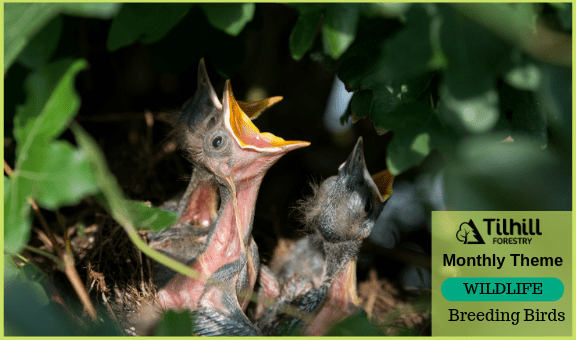What?
All wild birds, their nests and eggs, are protected by law and some rare species are afforded special protection.
Depending on your location the breeding season can start in February/March and last through to late August.
What to look for:
• Breeding activity which may include singing, courtship displays or nest building activity.
• Nestling/fledgling feeding activity.
• Potential nesting sites: every mature tree is a potential nest site as are thick hedges and scrub vegetation.
• Nests: If you find an occupied nest or fell a tree with a nest in it STOP work immediately and contact your line manager.
Intentional or Reckless?
It will be an intentional act if, for example, you continue to reduce or remove a hedgerow, tree or shrub, after you
discover, or are told that birds are nesting there.
The discovery of a nest should be dealt with by either applying a buffer zone or altering the timing of the works.
Why?
Avoid prosecution:
• All wild birds, their nests and eggs are protected against intentional or reckless damage.
DO
If you think you have found a
nest on site, STOP immediately
and inform your line manager.
DON’T
Proceed with any works that might
harm breeding birds.



